CLASS ACT: WELCOME MIRANDA SATTERTHWAITE, OUR NEW EDUCATION MANAGER

Our new Education Manager has arrived and we’re thrilled to have her on board leading the class. We put a short list of questions in front of Miranda, expecting a few words or so in response. The depth of her answers speaks to the expertise and passion she is bringing to the role.
Why did you apply for the Education Manager position?
Primarily I want to help advance youth’s understanding and awareness of how we can solve Antarctic challenges through technology and innovation.
In my previous work I have developed Antarctic education programmes that link the engineering design cycle to mankind’s survival in extreme environments. Now, through engaging students in fun, hands-on, project-based learning, a new generation can gain valuable insights into how they can use their knowledge, how they can affect change, how they can protect Antarctica.
What are you looking forward to with your work?
I’m looking forward to bringing to life Christchurch’s Antarctic Gateway Strategy through engaging STEM educational programmes that support our local and international science and technology community.
I’m also looking forward to seeing students work as teams to confront real Antarctic scenarios, the type that require dynamic problem solving and critical thinking. It’s these 21st century learning skills that are required in the modern workplace.
How will your past experience help in the new role?
Previously I trained in STEM education in the USA at NASA education centres (which I believe we now need to align with in New Zealand). As part of my work in STEM I developed the Mission to Antarctica programme, where students designed and built habitats to survive in Antarctica. I also led the Antarctic Robotics programme, where students designed and built robots to navigate the dangerous environment.
It’s important to remember that Antarctica is a reliable analogue for Mars. We have the potential here at the IAC to develop earth and space technology education in collaboration with NASA and other space agencies.
Is there any specific visitor experience at the Centre you are looking forward to working with?
The Antarctic Storm room is the most impressive aspect of the experience for me. I think we’ll be able to use it to test engineering prototypes during the new courses currently in development.
I have already helped out with snowmaking and I look forward to supporting our guides in giving guests a realistic Antarctic experience. The Hagglunds also excite me as they provide examples both of extreme engineering and applied physics.
What do you see in the future for the Antarctic Centre?
I would like to see the Centre’s new Antarctic Academy take a lead in providing STEM programmes that are quite simply the ultimate educational experience.
By illuminating real world applications of science, technology, engineering and mathematics we can lead the world in applying the STEM curriculum to Antarctica. As a member of the Antarctic Education Forum we are now working together with Antarctica New Zealand to make these changes in line with New Zealand standards and Māori cultural competencies.
Why is the Centre so important to Christchurch?
Christchurch is in an excellent position as a logistics hub for a number of national Antarctic science programmes. In our work here at the Centre we can represent Christchurch’s rich connection with Antarctica in an interactive, engaging and inspiring way.
It is this inspiration that is so important. The future decisions about Antarctica may well be made by the youth who are inspired by our educational programmes today.
